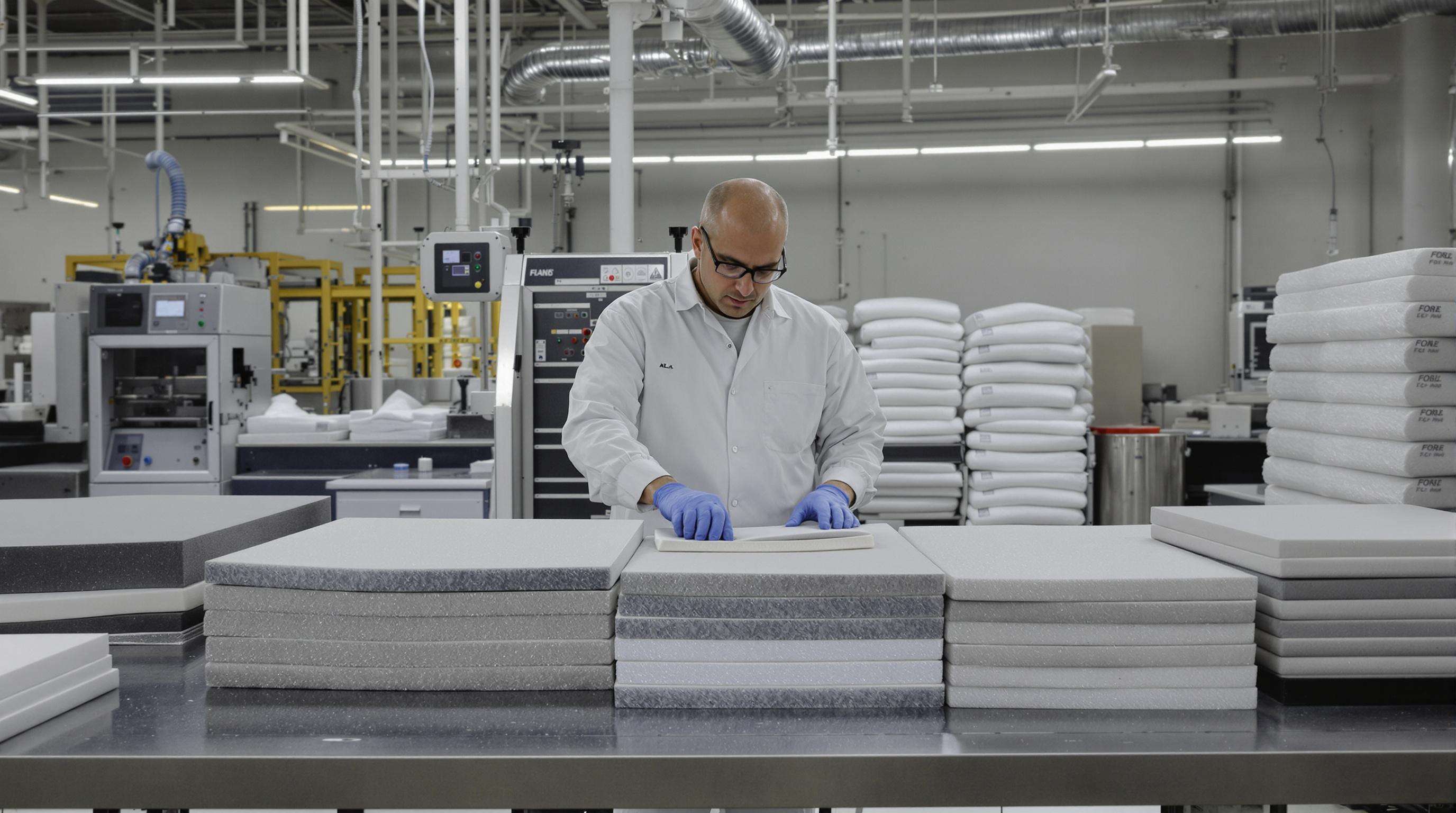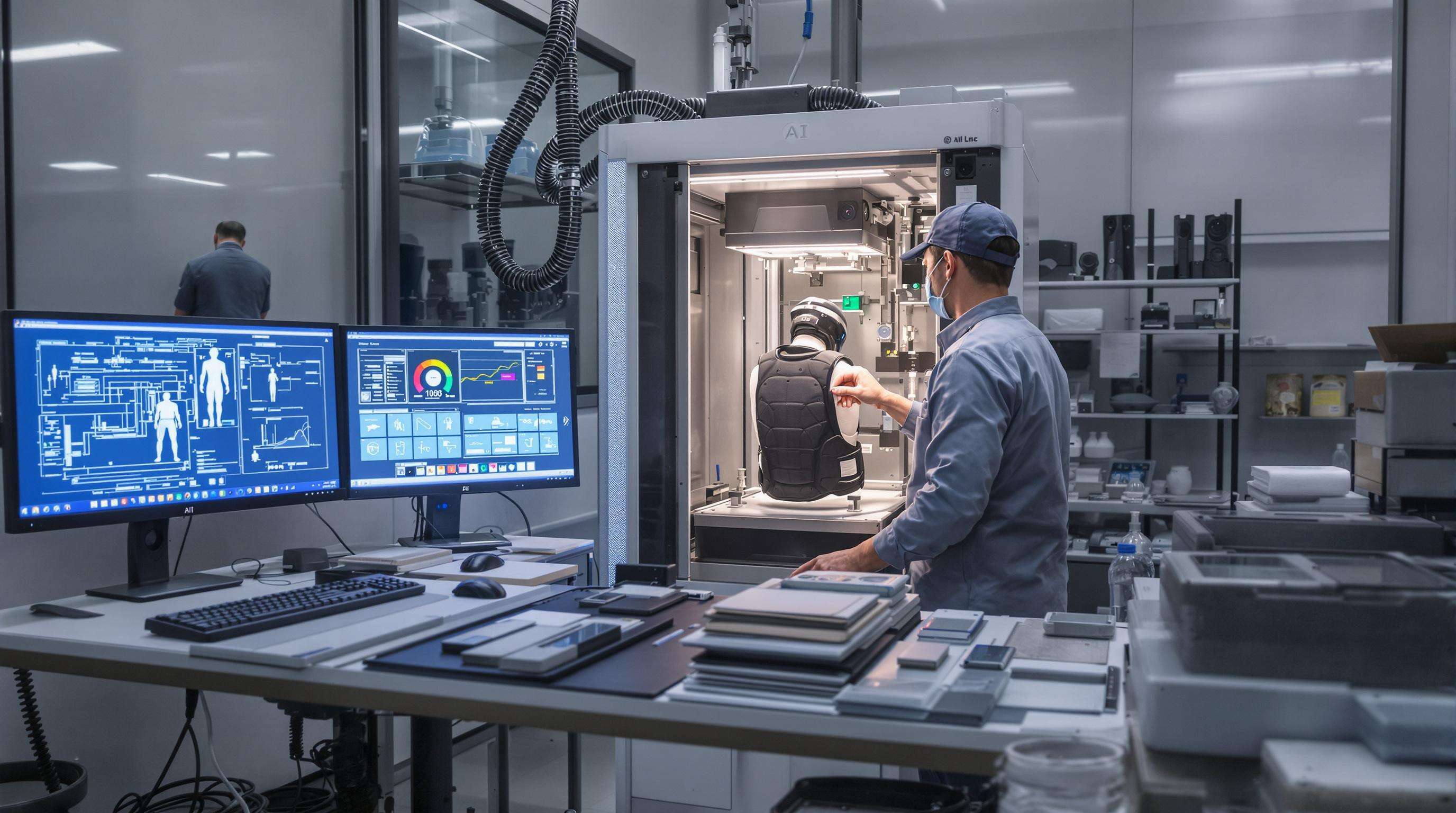ISO 20471 (high-visibility clothing) and EN 1621-2 (motorcycle back protectors) address distinct safety priorities. While ISO 20471 focuses on optical recognition through reflective materials, EN 1621-2 certifies impact absorption capacity across two protection tiers:
A 2023 lab study found EN 1621-2-certified protectors demonstrated 37% better energy dispersion than uncertified alternatives during 15 m/s impact simulations.
This certification, under PPE Regulation (EU) 2016/425, requires third-party testing by Notified Bodies, and is required by 82% of EU consumers. In North America, the National Back Protector Standards (NBPS) allow manufacturers to self-certify under OSHA regulations. Field data further reveals that for side impact, CE-certified protectors are 24% more likely to meet impact resistance levels than NLRP-compliant products.
A 2022 procurement incident involving 12,000 units for NATO forces revealed critical flaws:
Post-incident analysis by industry experts showed 68% of certification errors stem from misinterpretation of application-specific standards.

Material testing is the initial defense against non-compliant back protectors. A 2023 Intertek analysis found that 17% of raw materials for safety gear failed flammability or impact-resistance tests. Typical warning signs are a non homogeneous density in foams, not matching chemical composition in impact absorbing polymers as well as fake CE certification labels. Gas chromatographyâmass spectrometry (GC-MS) now also reveals the use of silicone enhancement in protective paddinga costcutting measure associated with a 22% drop in performance.
Unannounced facility audits reduce compliance risks by 34% compared to scheduled inspections. Critical audit checkpoints include:
Leading auditors now use portable XRF analyzers to validate metal fastener alloys onsite.
Distributed ledger technology prevents document tampering across multi-tiered supply chains. A 2024 pilot program demonstrated how encrypted QR codes on back protector tags provide immutable records of:
This approach reduced certification disputes by 40% in EU markets while enabling real-time customs clearance.
A proper back protectors certificate of conformity shall include the following 4 basic and mandatory information: 1) Manufacturer’s identity including full contact information 2) Specific reference to the tested standard, such as EN 1621 or ISO 20471; 3) Unique Product Identification Number matching product tags 4) Signature of the authorized individual from the accredited testing body. Brand specific technical documents to be included with the certificate should contain impact test results, materials analysis and production batch numbers as required by UK PPE enforcement regulations.
Suspect documentation often displays vague terminology like "meets safety guidelines" without citing specific standards. Other warning signs include:
Cross-verify certifications through independent databases like the EUs NANDO system.
Asterisk in 2023, suing for industrial safety it was discovered that 18% of workplace insurance claims regarding injury were due to back protectors not passing EN 1621 impact tests. One manufacturer was hit with a $2.3M fine when a forklift driver suffered a spinal injury that was directly connected to broken armor plating. Cost of litigation exceeded $740k pre-trial +dissatisfaction with product led to a $1.1M product recall involving 12,000 units.
Insurers now apply a 40â60% surcharge on liability policies for companies with uncertified back protectors, based on 2024 actuarial data. This stems from a 79% higher claim frequency in facilities using PPE lacking CE or NLRP certifications. Proactive compliance audits reduce premiums by 22% on average.

The certification landscape for back protectors is undergoing significant transformation, with AI-driven compliance tools and sustainability benchmarks reshaping safety standards.
Advanced AI algorithms now automate material stress testing and certification document analysis, reducing manual inspection time by up to 70%. These systems cross-reference production data against ISO 20471 and EN 1621 requirements, identifying non-compliant batches before they leave factories. A 2024 market analysis found that AI-enabled back protectors reduce workplace injury claims by 18%.
Eco-conscious certifications now influence 63% of bulk procurement decisions for safety equipment. Key criteria include:
Leading manufacturers are pursuing dual certifications like Bluesign for eco-friendly materials and ISO 14001 for environmental management systems.
Effective bulk procurement of certified back protectors requires a structured evaluation process. Leading organizations implement a three-phase qualification framework:
This layered approach reduces non-conformance risks by 63% compared to single-step vendor assessments.
Bulk buyers mitigate certification risks by forming specialized teams combining:
These teams implement real-time monitoring through shared dashboards tracking audit findings and material test results. Organizations using cross-functional task forces report 72% faster resolution of compliance disputes.
ISO 20471 addresses high-visibility clothing focusing on optical recognition, while EN 1621-2 certifies motorcycle back protectors prioritizing impact absorption.
Back protectors in Europe require the CE mark certification under PPE Regulation (EU) 2016/425, involving third-party testing by Notified Bodies.
Military-grade back protectors require MIL-PRF-32520B testing, which is more rigorous than civilian standards like EN 1621-2.
Blockchain technology secures compliance documents and reduces certification disputes by offering immutable records of production and testing stages.
Companies can ensure certification authenticity by cross-verifying through independent databases such as the EU's NANDO system.
 Hot News
Hot News2025-12-08
2025-09-15
2024-12-30
2024-12-23
2024-12-09
2024-12-02